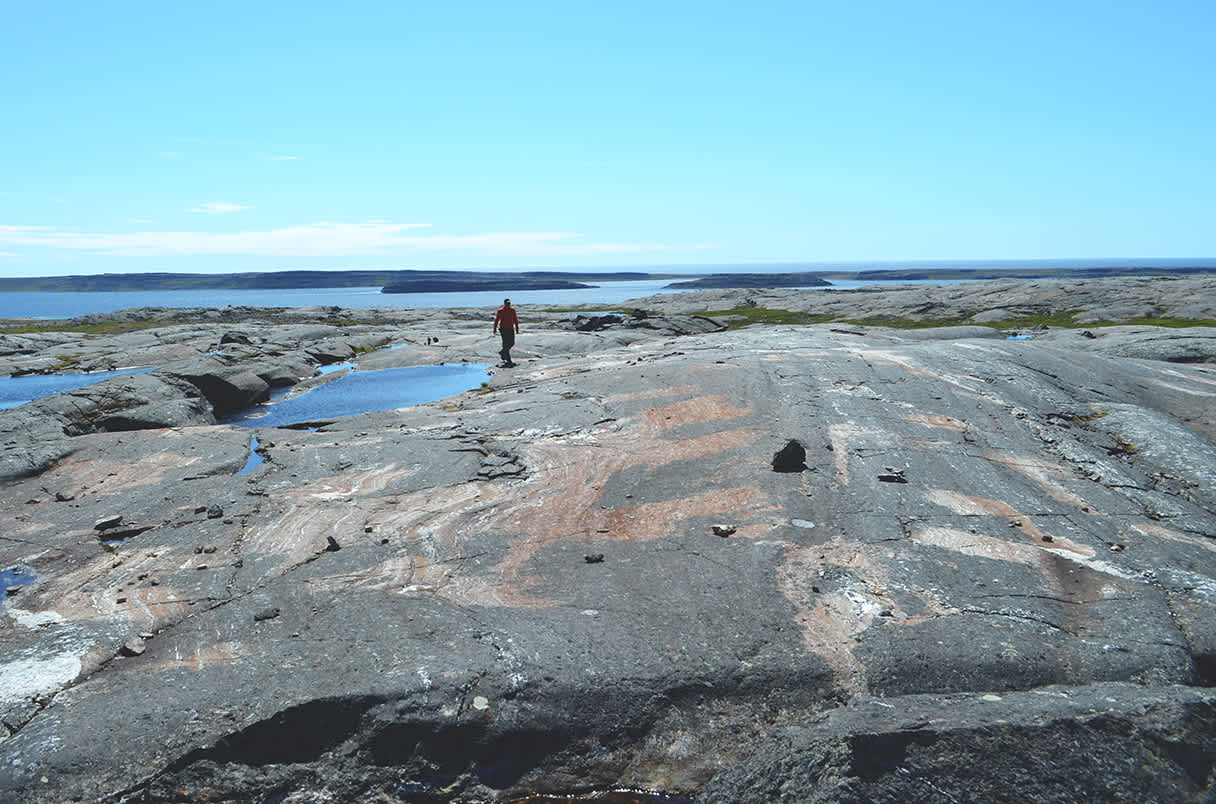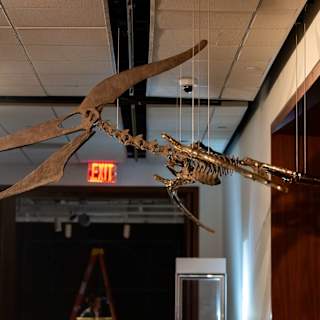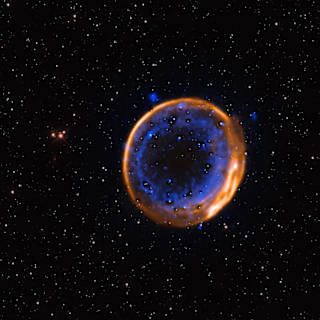- New Method Resolves Age Dispute
- Ending a Scientific Controversy
- Implications for Early Earth
Scientists have resolved a decades-long debate about the age of ancient Canadian rocks, confirming they are 4.16 billion years old and represent the oldest preserved crustal material on Earth. The finding, published Thursday in the journal Science, settles competing claims about rocks from Quebec's Nuvvuagittuq Greenstone Belt that had divided the geological community.
The confirmation places these rocks firmly in the Hadean Eon, Earth's earliest and most tumultuous period, making them the first and only known survivors from this era when the planet was still cooling from its molten beginnings.

Researchers led by Jonathan O'Neil from the University of Ottawa employed a novel approach to date the controversial rocks1. Rather than analyzing the main rock formations directly, they focused on ancient magma intrusions that had seeped into older rock, providing clearer geological relationships2.
"The different methods gave exactly the same age," O'Neil told the Associated Press1. Both uranium-lead and samarium-neodymium dating techniques yielded identical results of 4.16 billion years, eliminating previous discrepancies that had fueled scientific disagreement23.
The resolution convinced even former skeptics. "I have to say that I was for the first time convinced that at least sections of the rocks exposed at Nuvvuagittuq may be of Hadean age," said Jörg Elis Hoffmann, a geochemist at Freie Universität Berlin who was not involved in the study2.
Previous research had produced conflicting ages for the Nuvvuagittuq rocks, ranging from 3.8 billion to 4.3 billion years old12. Some scientists argued that contamination from later geological processes had skewed earlier dating attempts1.
The new study addressed these concerns by examining rocks where the geological relationships were "crystal clear," according to researchers3. Since the magma intrusions must be younger than the rocks they penetrated, their 4.16-billion-year age provides a minimum date for the surrounding formations4.
The rocks sit on Hudson Bay's eastern shore in Quebec and have long been recognized as among Earth's most ancient materials12. Their confirmed Hadean age offers rare insights into a period when tectonic processes, volcanic activity, and erosion typically destroy such ancient evidence2.
Earth formed about 4.5 billion years ago, but primordial rocks rarely survive the planet's continuous recycling processes1. The Nuvvuagittuq discovery provides scientists with what one researcher called "a new playground to explore how and when life began"3.



